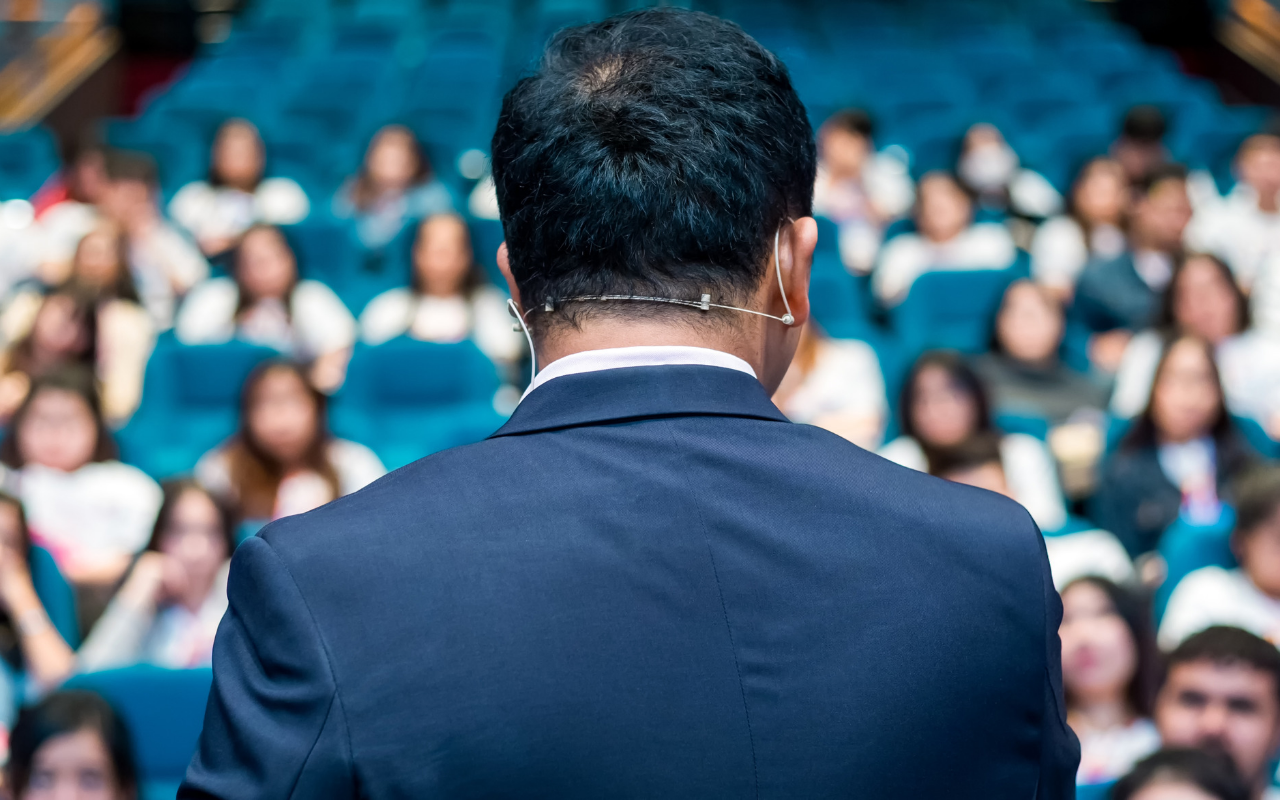Both genders differ in their ideas, viewpoints and market insights, which leads to better problem solving, making gender diversity vital to any workplace. Not just because it’s praiseworthy but more so because it makes bottom-line business sense. A recent Gallup study found that hiring a demographically diverse workforce can improve a company’s financial performance. It is no surprise that India Inc. is working hard to improve the gender diversity equation. Conglomerates such as Mahindra & Mahindra and Vedanta and eCommerce companies like Droom, among others, are seeking women to fill leadership roles.
However, even as India Inc. are gradually pledging themselves to the cause of gender diversity and inclusivity, these initiatives have not yet yielded results, as found by a study conducted by the Boston Consulting Group.
The study found that nearly two-thirds of women claimed to not having found any difference in the impact after their companies initiated diversity and inclusivity programs. The study stated that Women in India Inc. begin trailing their men counterparts early and continue to lose ground with every step, both in terms of money (the gender pay gap) and participation.
So what can the minimal tangible impact be attributed to?
The main reasons identified in the study which spanned across 20 companies from varied industries were lack of commitment to diversity from senior leadership (27% opined), weak retention policies (28% opined), stereotypes and biases (22% opined), Interestingly only 12 per cent, 11 per cent, and 9 per cent of the men agreed that these obstacles existed in the way of gender diversity. Clearly, if less than half the population believes that a problem exists then finding a solution is even more challenging.
Phases of enhancing gender diversity:
The three focus areas for enhancing gender diversity are hiring, retention and career advancements.
Any companies first opportunity to remove gender bias is posed during hiring. However, hiring manager’s perception & assumptions negatively impact the decision during hiring. For example, some jobs are considered more suitable for men than women, like automobile sales or steel manufacturing. Instead of hiring based on skill and qualifications, hiring in these roles happens on the basis of gender, which in itself is an important indicator of how prevalent this bias is.
According to Korn Ferry India, clients are asking for at least one female candidate’s resume for all mandates. Spectrum Talent Management, staffing consultant also claims that clients are willing to pay higher fees for scouting for female profiles. Though companies are focusing on scouting for female profiles during the hiring phase not many companies are committed to equal pay – equal work. In 2017, a report by the Ministry of statistics & program implementation stated that urban, graduate and postgraduate women earn 24% less than their male counterparts. Any organization aiming to remove gender bias & encouraging inclusion must make all its employees feel equally valued by paying in line with their performance & not their gender.
Busting a long-standing myth, the study found that men and women are equally ambitious, 86% and 87% respectively, they have aspirations to climb the ladder within their company. This trend clearly points to the existence of a glass ceiling. Much of this glass ceiling can be attributed to lack of flexible working hours, childcare, maternity benefits. Ashoka University’s GCWL’s study, Predicament of Returning Mothers, confirmed that while there are few entry points for women, the exit gates are many. Even though 27% of women return to work after maternity, 48% drop out after 4 months. Further 50% drop out mid-career at 30 due to lack of childcare. Though many Indian corporates are providing childcare facilities like, HUL, IBM, E&Y, these numbers are far and few.
Another interesting thought that comes out of the BCG study was that while 95 per cent of the companies has programs to sensitize their employees about biases and stereotypes, only 22 per cent of the women saw this as the biggest obstacle. For women, the biggest obstacles come in the form of a lack of career advancement opportunity. This is evident from the statistics. While 30% of women take positions at the entry level, the ratio starts to skew as the levels progress, the number falling to 17% in senior management and only 11% at the C-suite level.
In summary, though there are huge efforts being made to enhance the diversity equation in the workplace, more is needed. Perhaps, more effort is needed in defining the problem and the reasons for failure and less time resolving it. As Albert Einstein put it ‘I Would Spend 55 Minutes Defining the Problem and then Five Minutes Solving It’. Corporations need to understand the reasons for a lower rate of female induction and higher rates for dropouts before devising their diversity programs.






